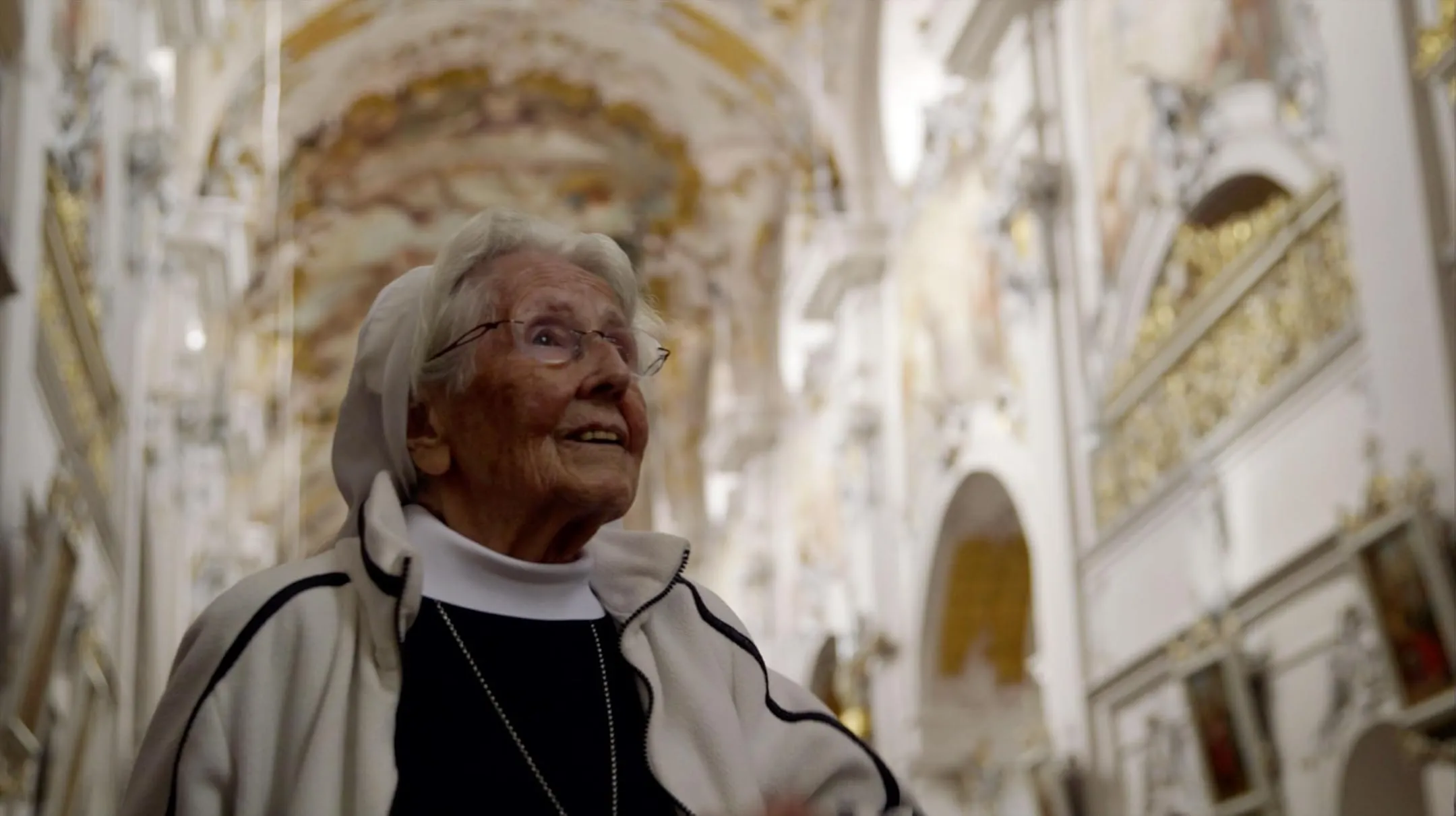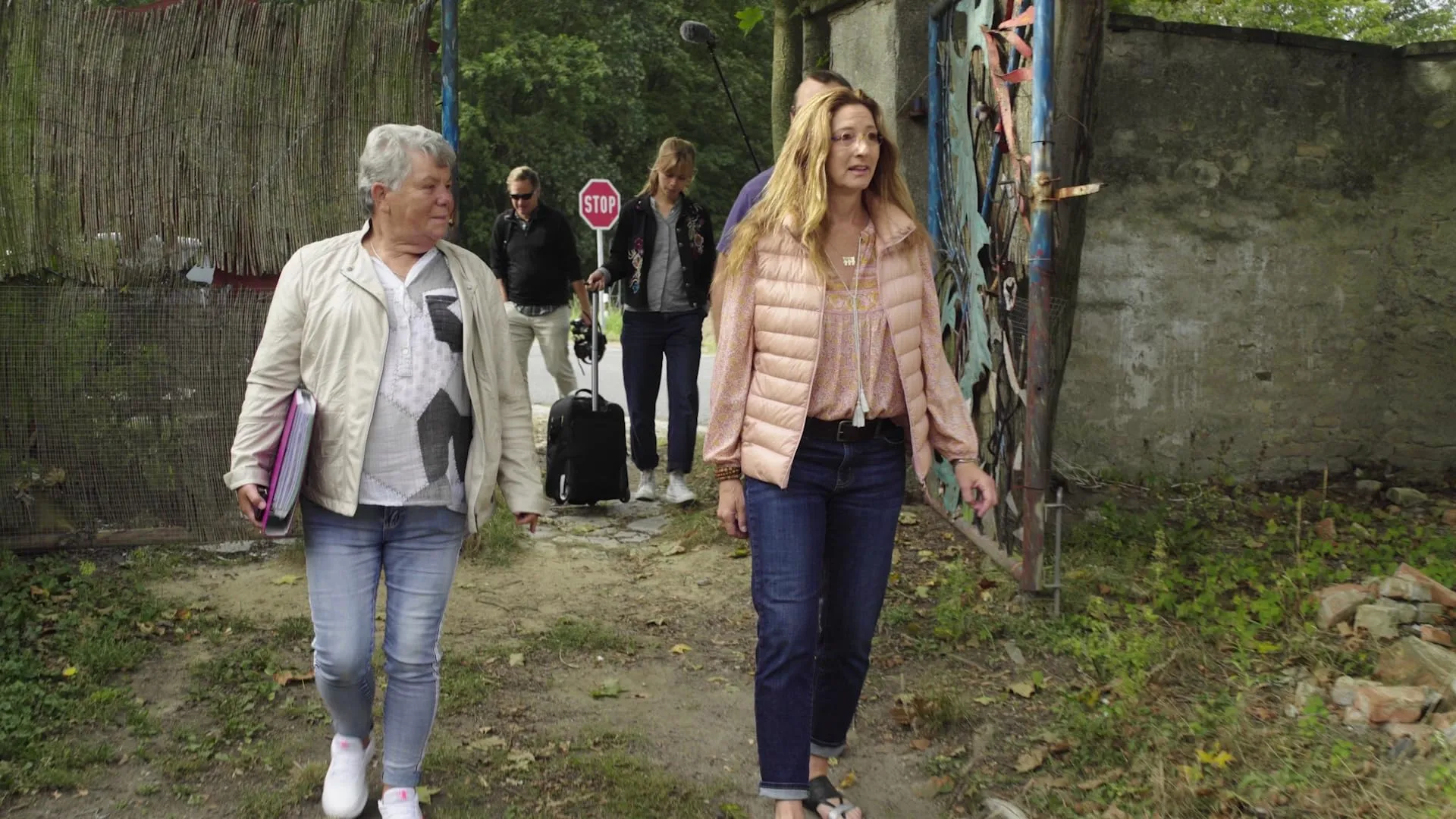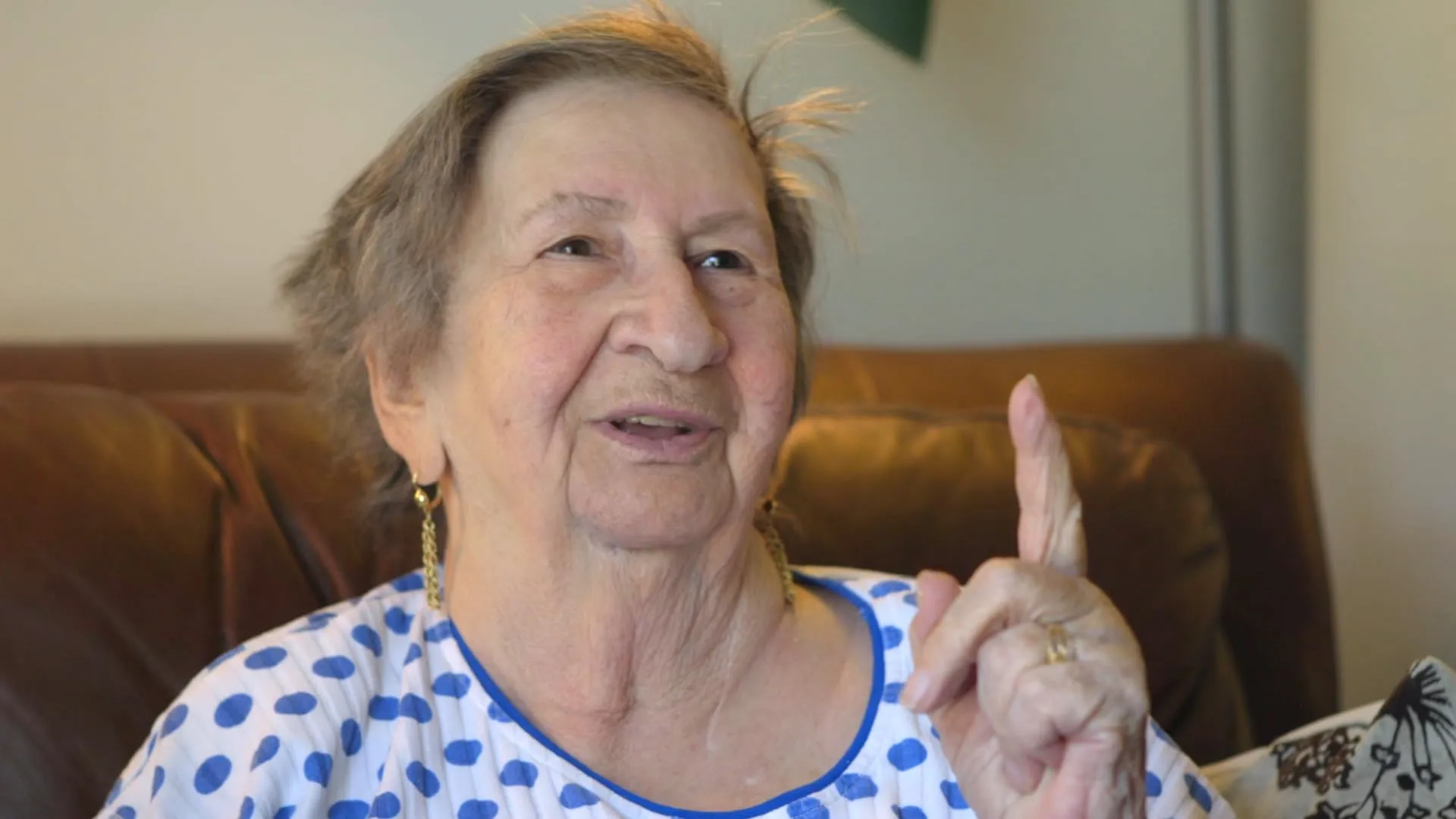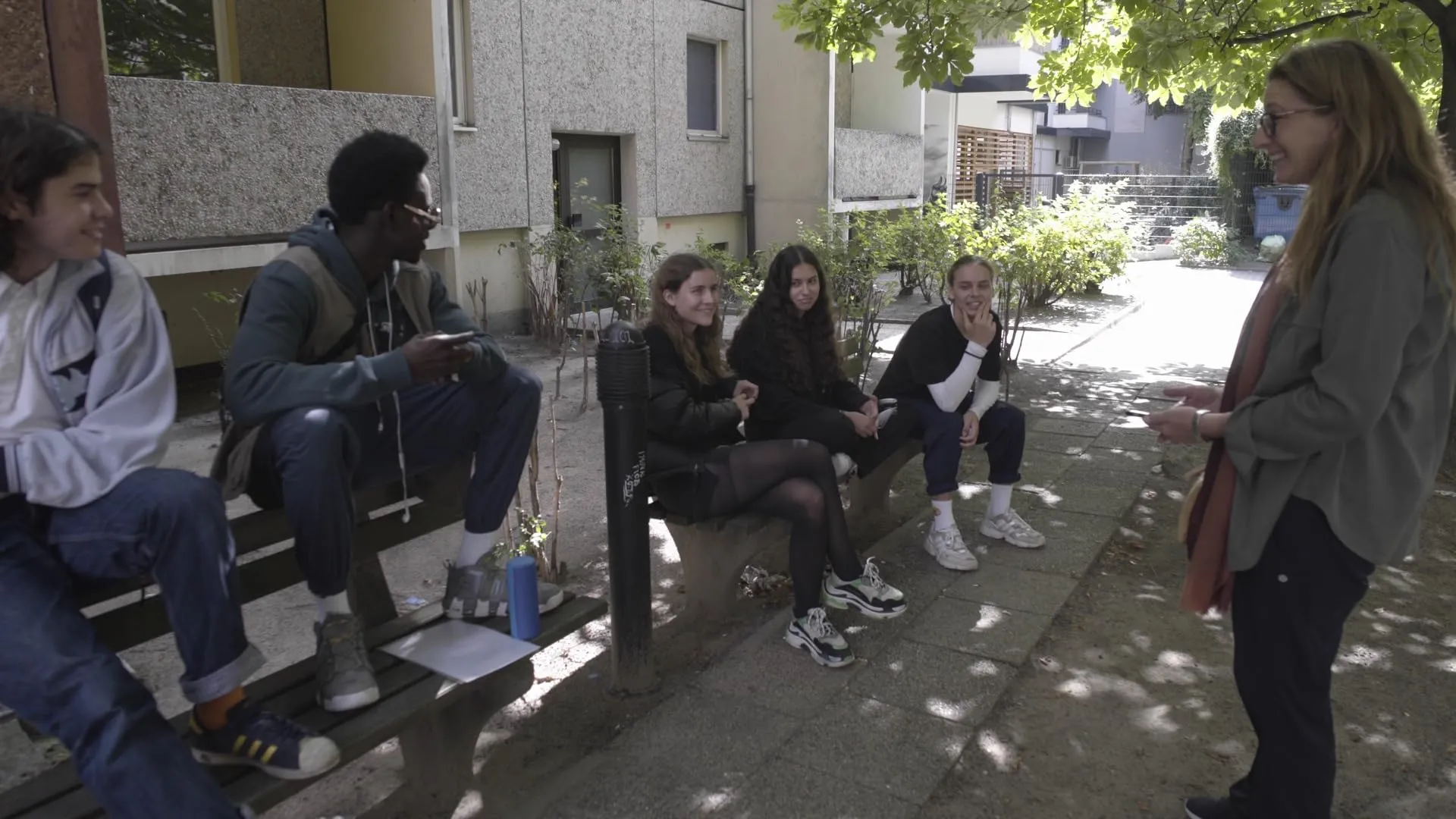In this work, a documentary emerges that speaks to the human condition with a piercing clarity born of unspeakable loss and unexpected mercy.
The film chronicles the fate of the Weber siblings, whose lives are marked by a sorrowful separation from their mother and an astonishing rescue at the hands of a determined farmer and his wife.
Through a narrative that shuffles between moments captured in archival fragments, handwritten letters, and intimate testimonies, director Beth Lane crafts a portrait steeped in personal history.
Her connection to the family adds an air of intimacy to the recounting of events, where past and present converge in brief, luminous flashes. The film invites reflection on the nature of decency and the stark choices that shape survival, challenging viewers to confront the darker recesses of human experience while questioning the essence of moral fortitude.
Bloodlines of Sorrow and Redemption
In an era cast under the shadow of tyranny, the Holocaust emerges as a dark crucible where human spirit is forced to confront its own fragility. Amid the terror and omnipresent dread, individuals lived each day with a heavy burden of loss and a desperate will to endure.
The Nazi regime’s systematic cruelty left a scar on every heart, a pain that whispers through the corridors of time. The air was thick with the silence of despair, punctuated by moments of fleeting defiance that defied the oppressive silence of death.
At the heart of this torment stands the story of the Weber siblings, whose origins lie in a world that oscillated between normalcy and unimaginable horror. As members of a Jewish family struggling for survival in an unforgiving landscape, they faced relentless challenges that tested the very limits of human endurance.
The siblings’ plight, marked by the painful absence of their mother and the constant threat of annihilation, unfolds as a narrative of both vulnerability and strength. Their rescue by a compassionate farmer and his wife offers a rare glimpse of human kindness—a counterpoint to the prevailing brutality—that allowed them to cling to a spark of hope amid the surrounding darkness.
Beth Lane, whose personal ties to the family infuse the film with an intimate hue, occupies a unique space in this unfolding saga. Being the daughter of one of the siblings, she carries the weight of history in her veins. This connection infuses the film with an authenticity that echoes with raw emotion and thoughtful introspection. Her perspective invites us to contemplate the hidden layers of familial legacy and the eternal questions of suffering and salvation, as the past murmurs its secrets to those willing to listen.
Fractured Time and Living Memories
The film presents a compelling interplay between past and present, stitching together voices and images that resist fading into oblivion. Archival photos, grainy footage, and authentic documents stand as pillars that support the narrative, grounding the unfolding story in undeniable reality.
Handwritten letters and diaries open windows into private worlds, exposing moments of hope amid despair and providing a quiet intimacy that invites reflection on the permanence of memory.
First-hand accounts from those who lived through unimaginable loss emerge with striking clarity. The interviews, raw and unguarded, allow surviving family members to speak truths that challenge the silence of history. Their recollections, steeped in personal loss and small triumphs, reveal the intricate layers of an existence caught between the horror of the past and the fragile present. The camera lingers on subtle expressions and hesitant pauses, each moment a whisper of a life that has endured.
The creative use of animated sequences fills gaps where traditional archival material falls short. These visual interpretations serve as meditations on the ephemeral nature of memory, rendering recollections into a format that straddles reality and recollection. The animation captures the essence of fragmented recollections and offers a visual language for those memories that cannot be directly recorded.
The pacing of the film oscillates between moments of intense revelation and quieter spaces where silence speaks as loudly as words. Shifts between scenes rooted in historical evidence and those set in the immediacy of the present create a temporal collage. Each scene pulses with a raw energy that questions the permanence of time and the fragility of human existence, inviting the audience to confront truths that linger in the quiet spaces of recollection and emotion.
Chromatic Echoes and Sonic Shadows
The film’s visual presentation is a study in contrasts that echoes the internal turbulence of memory. Archival images, rendered with an unvarnished clarity, stand alongside modern cinematography that captures fleeting glimmers of lost time.
The deliberate choice of muted colors and selective lighting creates a space where the past is both visible and shrouded in mystery. Each frame is composed with a measured precision that invites contemplation, as if every image carries the weight of unspoken history.
Animated sequences offer a poetic counterpoint to the stillness of archival material. These segments translate fragmented recollections into a visual language that is both stark and evocative. The animation serves as a subtle bridge, connecting historical fragments with personal experiences that defy simple articulation. In its motion, there is an echo of forgotten voices, a reminder that memory is as fluid as it is enduring.
Sound design further shapes the film’s atmosphere, layering ambient tones with carefully chosen musical motifs. The score rises and falls in cadence with the narrative, punctuating moments of quiet introspection with bursts of emotional intensity. It is as though the music itself is mourning and celebrating in the same breath—a duality that mirrors the very essence of human struggle. The careful synchronization of sound and image creates a sensory experience that lingers, inviting viewers to reflect on the impermanence of time and the quiet persistence of hope.
Shadows of Resolve and Heart
The film exposes a world where the human spirit is tested against the weight of despair, and yet finds a way to persist. The Weber siblings, cast in a narrative of harsh separation and unforeseen salvation, emerge as symbols of persistence amid chaos.
Their struggle, rendered through fragmented memories and whispered recollections, serves as a stark reminder of lives shaped by cruelty and the desperate will to survive. In moments of stark vulnerability, the film captures the quiet strength of a community pressed into silence by relentless terror, a strength that flickers defiantly in the darkness.
A recurring question—“Would you hide me?”—hovers over each scene, a query that pricks the conscience and challenges the listener to ponder what it means to risk oneself for another. This question is not posed lightly; it resonates as an ethical challenge, prompting reflection on the boundaries of self-sacrifice. The film probes this question with a raw intensity, exposing the hidden turmoil and uncertain calculations that often accompany acts of profound bravery.
Meanwhile, a singular act of kindness pierces through the pervasive gloom: the rescue by a humble farmer and his devoted wife. Their decision, made against an unforgiving tide of hate and oppression, becomes a quiet anthem of humanity.
Their actions, stark in their simplicity, underscore a capacity for empathy that defies the pervasive cruelty of the age. In these moments, the narrative presents acts of selflessness as beacons in a murky world, inviting viewers to reconsider the latent power of a single compassionate deed. Each vignette, each fragmented testimony, nudges us toward an introspection about the nature of courage when the night is at its darkest.
Vestiges of Memory and Moral Inquiry
The film imprints itself on the viewer through a potent mix of emotional intensity and intellectual provocation. Its narrative and technical elements merge into an experience that awakens deep-seated reflections on past atrocities and the nature of human endurance.
Moments of quiet introspection are interspersed with scenes that confront the viewer with the stark realities of a bygone era, prompting an inner reckoning about personal values and the shadows of history.
In an age marked by debates over human rights and ethical responsibility, this work speaks to a present that is often indifferent to the suffering of others. It challenges us to reconsider the silent choices that allow injustice to persist, urging us to bear witness to the painful chapters of our collective past. The film questions the ease with which society forgets the cost of inaction, pressing on the fragile line between remembrance and oblivion.
The documentary holds a significant place as a custodian of memory, a visual record that safeguards the experiences of those who lived through unimaginable loss. It stands as a reminder of the peril inherent in forgetting the lessons carved into history by tragedy and human frailty.
As an artifact meant to educate future generations, its enduring presence in the cultural dialogue serves to awaken a cautious awareness of the dangers that come from allowing suffering to fade into silence, compelling us to confront uncomfortable truths with a sober heart and mind.
The Review
UnBroken
The film serves as a potent reminder of our collective past, employing archival depth and creative storytelling to challenge us with the stark dualities of human nature. Its evocative imagery and moral inquiries compel a deep reckoning with both the cruelty and resilience that define us. A stirring narrative that preserves memory and demands reflection, it resonates as an essential testament to the power of compassion in even the darkest times.
PROS
- Powerful narrative grounded in historical authenticity
- Striking visual and auditory composition
- Deep emotional resonance
- Provocative ethical inquiries
- Intimate portrayal of human resilience
CONS
- Pacing may challenge some viewers




















































